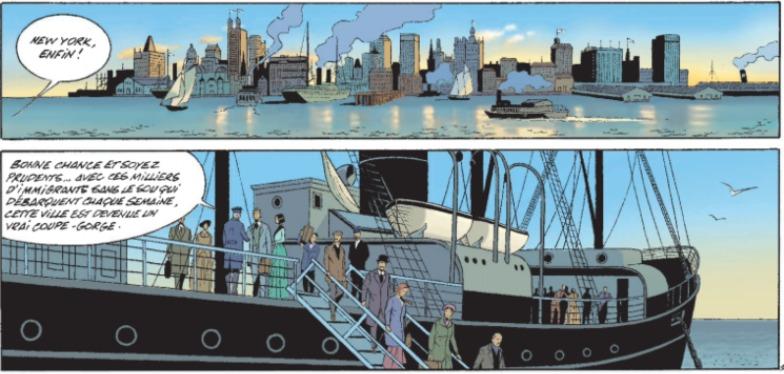Uncovering the Roots of Largo Winch
It was in 1976 that Jean Van Hamme, born in Brussels on 16 January 1939, an engineer with a degree from the prestigious Solvay Business School and an authorised representative at Phillips in Belgium, decided to give up his career to devote himself to writing novels, notably the Largo Winch series, published by Mercure de France between 1977 and 1980.

After writing the 1977 Thorgal series with illustrator Grzegorz Rosiński, followed by the 1984 XIII series, inspired by Robert Ludlum's novel ‘The Bourne Identity’ and illustrated by William Vance, Van Hamme turned his attention to Largo Winch in 1990, an adaptation of his own novels. All three series have become major successes in the world of Franco-Belgian comic strips.
With 'La fortune des Winczlav', which was recently published by Editions Dupuis, this tireless storyteller and lively octogenarian has once again revisited the hero he created in 1976. However, this time it is to follow in the footsteps of his ancestors. The story of the world's most fortunate comic book character has its roots in the Balkans in 1848, in the midst of a peasant revolt. Utilising this unrest to his advantage, Van Hamme throws his hero Vanko Winczlav into the heart of the wave of violence unleashed on the Serbian countryside. Taking refuge in the mountains, the doctor has to flee from Turkish soldiers after being betrayed. After crossing Europe, he embarks for the New World and discovers New York. He then lives through the American Civil War, the American Indian Wars and the opening of the first oil fields. This saga, published in three volumes, is also the result of a successful collaboration with the famous cartoonist Philippe Berthet.